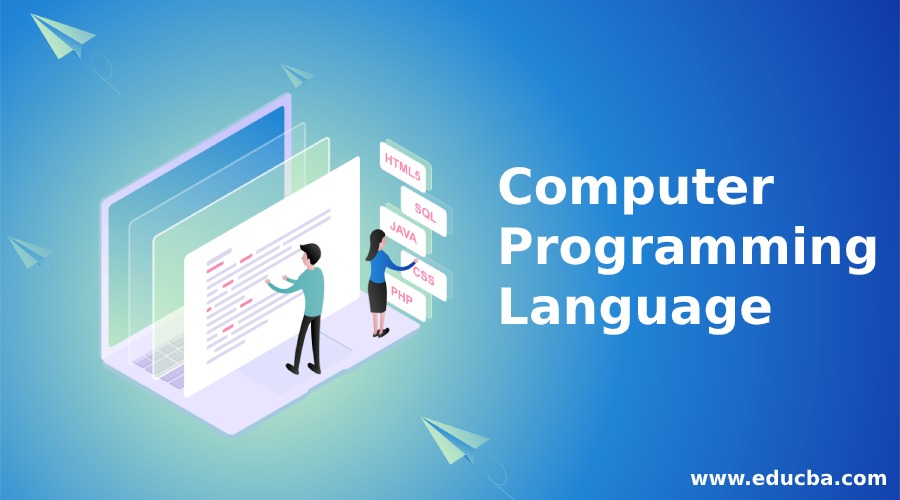Java is a high-level programming language that was developed by James Gosling and his team at Sun Microsystems in the mid-1990s. It is an object-oriented language, which means that programs are built around objects that have attributes (data) and behaviors (methods). Java was designed to be portable, meaning that it can run on different platforms (such as Windows, Mac, or Linux) without modification.
Java programs are compiled into bytecode, which is a machine-readable format that can be executed by the Java Virtual Machine (JVM). The JVM is an interpreter that reads the bytecode and translates it into machine code that can be executed by the computer's processor. This makes Java programs platform-independent, as long as the JVM is available on the target system.
Java is used to build a wide range of applications, from web applications and mobile apps to desktop applications and enterprise-level systems. Some of the key features of Java include automatic memory management, exception handling, multithreading, and built-in support for networking and database connectivity.
To get started with Java programming, you will need a Java Development Kit (JDK), which includes the tools and libraries needed to write, compile, and run Java programs. There are also a number of integrated development environments (IDEs) available, such as Eclipse and IntelliJ IDEA, which provide a user-friendly interface for writing and debugging Java code. Once you have the necessary tools, you can begin learning the basics of Java syntax and programming concepts, such as variables, data types, control structures, and classes.



0 Comments
Post a Comment